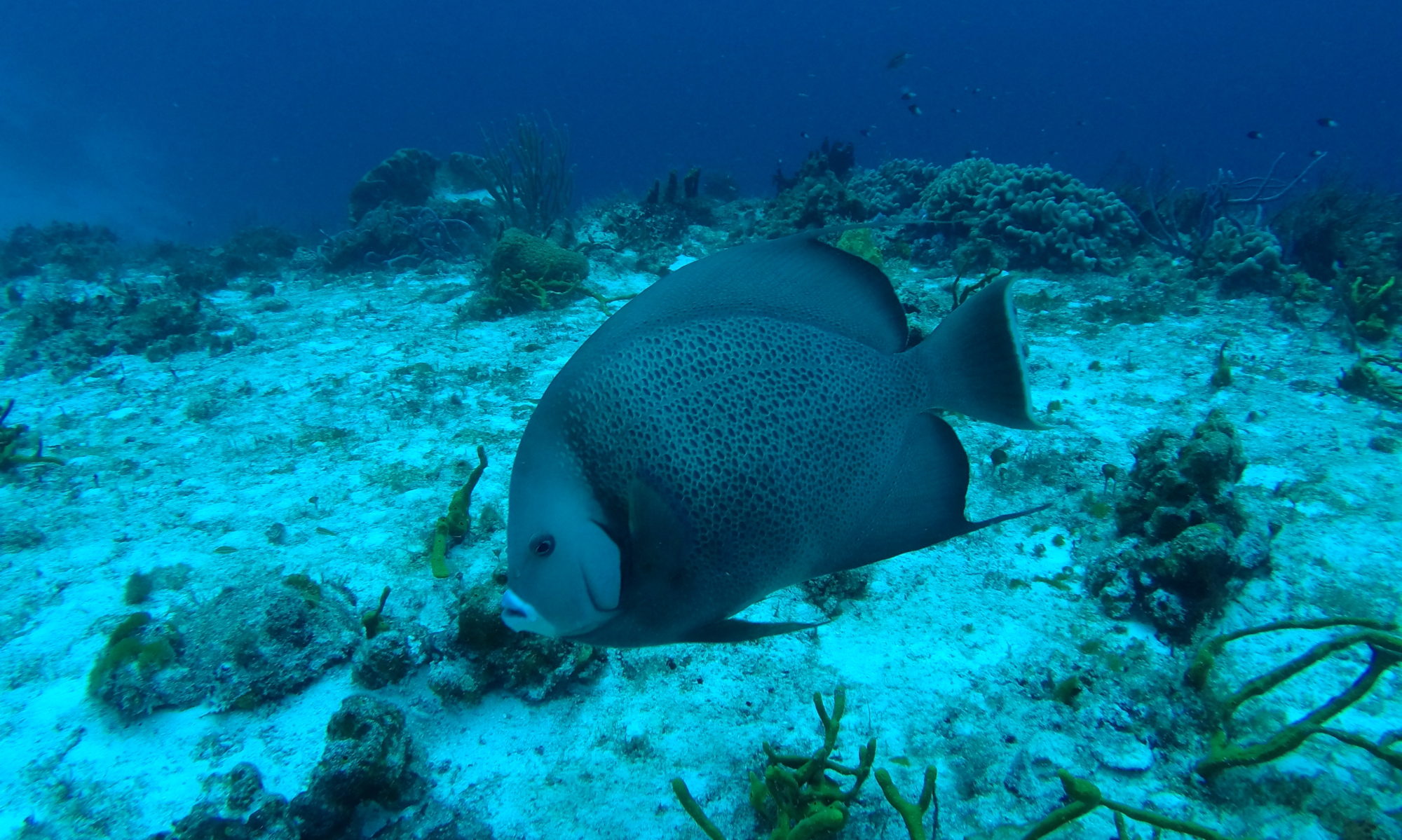History of the Rubber Duck
Last year, during my Instructor Development Course (IDC), my SDI instructor trainer handed me a rubber duck and said, “Here – make a classroom presentation about it.” I thought, “You have to be kidding me!”. Reluctantly, and following SDI’s format for a classroom presentation, I began to research virtually every aspect of the rubber duck. Much to my surprise, I discovered many interesting and some little-known facts about them.
Piece of Americana
Rubber ducks first appeared in the late 1800s during the Industrial Revolution, making use of Charles Goodyear’s process for rendering rubber into malleable material. For many years these delightful toys have been and, in many cases, continue to be the faithful companions of kids and even some adults in the bathtub and in the shower. The first rubber ducks didn’t even float: they were cast solid and were intended as chewing toys.
Climb to Fam
eIn the 1940s, a Russian-American sculptor named Peter Ganine created a sculpture of a duck. He patented it and reproduced it as a floating toy. Rubber ducks evolved into the iconic floating yellow figure with their bright orange bill we are so familiar with today. Mr. Ganine actually sold over 50 million of them!Rubber ducks began their climb to fame around 1970 when Ernie, the orange Muppet on Sesame Street, first sang “Rubber Duckie” to his best bath buddy. The song rose to number 16 on Billboard’s chart of hit tunes and is still heard decades later. I must confess that it’s still one of my favorites.
Scientific Contribution
In 1992, a shipping crate containing 28,800 plastic rubber ducks was lost at sea when it fell overboard on its way from Hong Kong to the United States. Believe it or not, some are still floating in the ocean today. Some of the ducks have washed up on the shores of Hawaii, Alaska, South America, Australia and the Pacific Northwest; others have been found frozen in Arctic ice. And others have made their way as far as Scotland and Newfoundland in the Atlantic.Today that flotilla of plastic ducks has been being hailed for revolutionizing our understanding of ocean currents, as well as for teaching us a thing or two about plastic pollution in the ocean.
Benefits of the Rubber Duck
Benefits of the rubber duck go far beyond that of being our loyal bath companions. For little kids, rubber ducks naturally inspire water play that helps develop muscle strength and coordination. With their bright colors, smooth texture, and (for some) squeaky sounds, rubber ducks help sharpen toddlers’ senses. And just as important, their presence in the bathtub calms children’s fear of water immersion and makes clean fun of the routine hygiene habits they’re learning.
Collector’s Market
Rubber ducks are often personalized, creating a market for collectors who proudly display variations of the classic form which proclaim their affinity to colleges, careers, sports, celebrities, and even holidays. I named this particular version D-Duck. Can you guess why? As a technical diver I often use a set of “doubles”. In a sense, this little rubber duck is symbolic of good ol’ me.
After observing my Instructor Development Class presentation about the Rubber Duck, Christy kindly presented it to me. D-Duck is now immortalized in this article and most important as a distinguishing feature on my dive flag. If you ever come across it by all means, stop by, say hello and let me know you read the article.
Safe diving!
Reference:Graphic depiction of routes traveled by rubber ducks; From Wikipedia By NordNordWest https://commons.wikimedia.org/w/index.php?curid=3559445
